Growing Together: Maximizing Urban Spaces with Square Foot Gardening
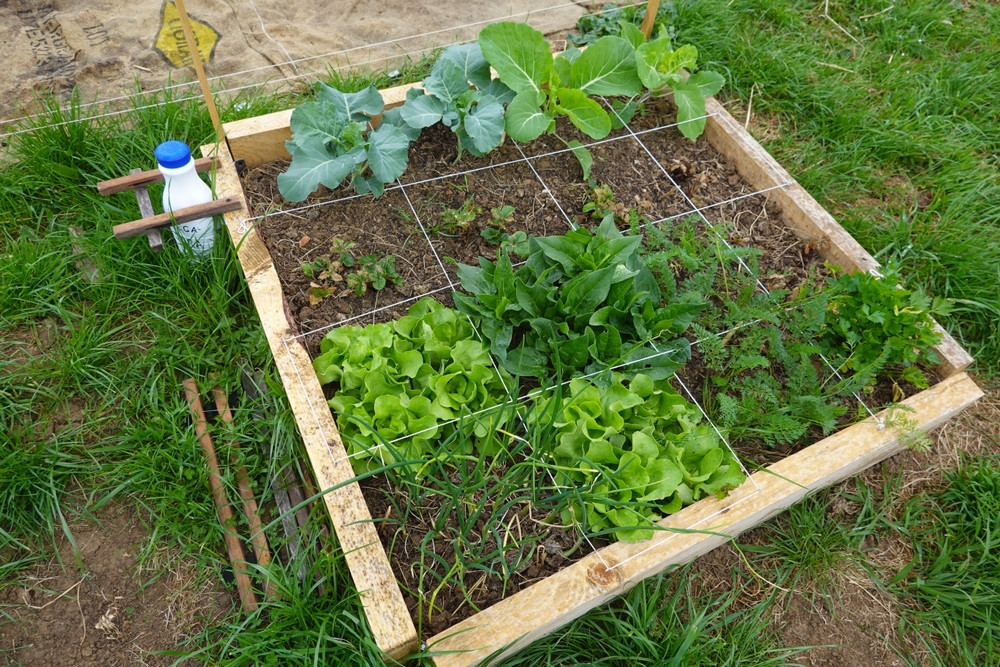
Incorporating square foot gardening into urban community gardens has been a transformative strategy for maximizing limited space and fostering a sense of community through shared food production. This method's adaptability and efficiency make it particularly suited to urban environments where space is at a premium. By focusing on real planting schedules and the role of square foot gardening in urban community gardens, we can gain deeper insights into its practical applications and benefits.
Planting Schedules for Urban Community Gardens
Urban community gardens often cater to a diverse array of plants and preferences, making square foot gardening an ideal method to accommodate this variety. Here's an example of a detailed planting schedule specifically designed for an urban community garden using the square foot gardening method:
-
Early Spring (February-March): Start with cold-hardy vegetables that can withstand the last frosts. Plant squares of spinach, kale, and Swiss chard, along with radishes and peas. In a 4x4 ft square foot garden, dedicate 1 square each for kale and Swiss chard, 2 squares for spinach (9 plants per square), 4 squares for radishes (16 per square), and 1 square for peas along a trellis.
-
Late Spring (April-May): As the weather warms, introduce crops like carrots (16 per square), beets (9 per square), and lettuce (4 per square). This is also the time to plant warm-season crops like tomatoes (1 per square with support), peppers (1 per square), and cucumbers (2 per square along a trellis).
-
Summer (June-July): Focus on maintaining warm-season crops and start succession planting for continuous harvests. Add fast-growing greens like arugula (4 per square) and herbs such as basil (4 per square) that can benefit from the shade of taller plants.
-
Fall (August-September): Begin planting cool-season crops again for a fall harvest. Introduce more greens, radishes, and even fast-maturing carrots. It's also a good time to add more herbs like cilantro (9 per square) that prefer cooler temperatures.
The Role of Square Foot Gardening in Urban Community Gardens
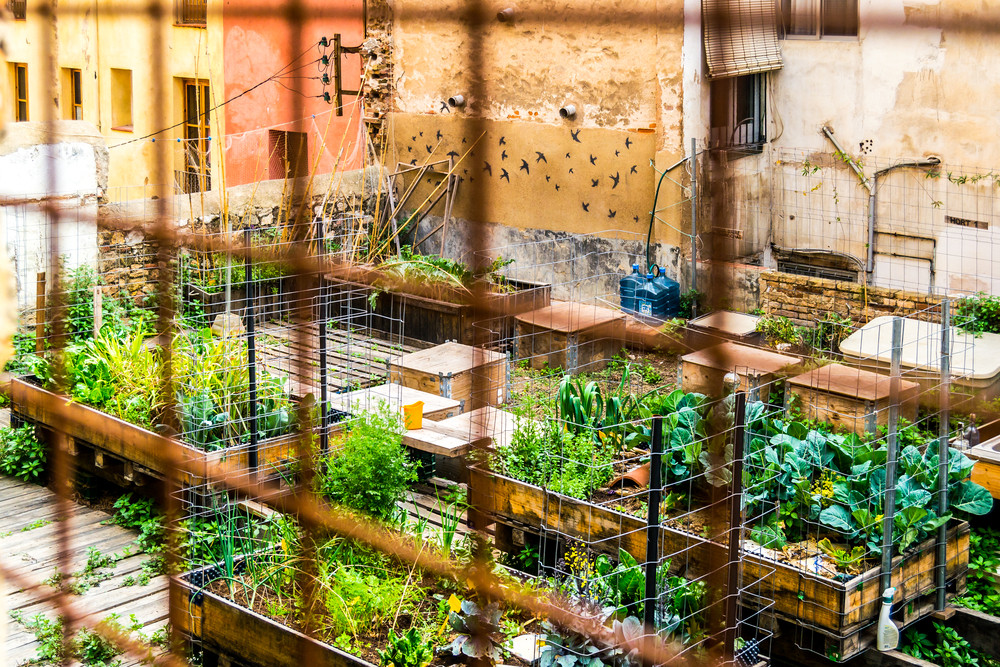
Square foot gardening within urban community gardens offers a structured approach that maximizes efficiency, production, and participation:
Efficient Use of Space: In densely populated urban areas, community gardens are often limited in size. Square foot gardening maximizes these small areas, allowing more people to participate and grow a variety of crops in a single plot.
Educational Opportunities: These gardens serve as excellent educational tools for urban residents, many of whom may not have gardening experience. The clear, organized nature of square foot gardening makes it easier to teach planting techniques, crop rotation, and pest management.
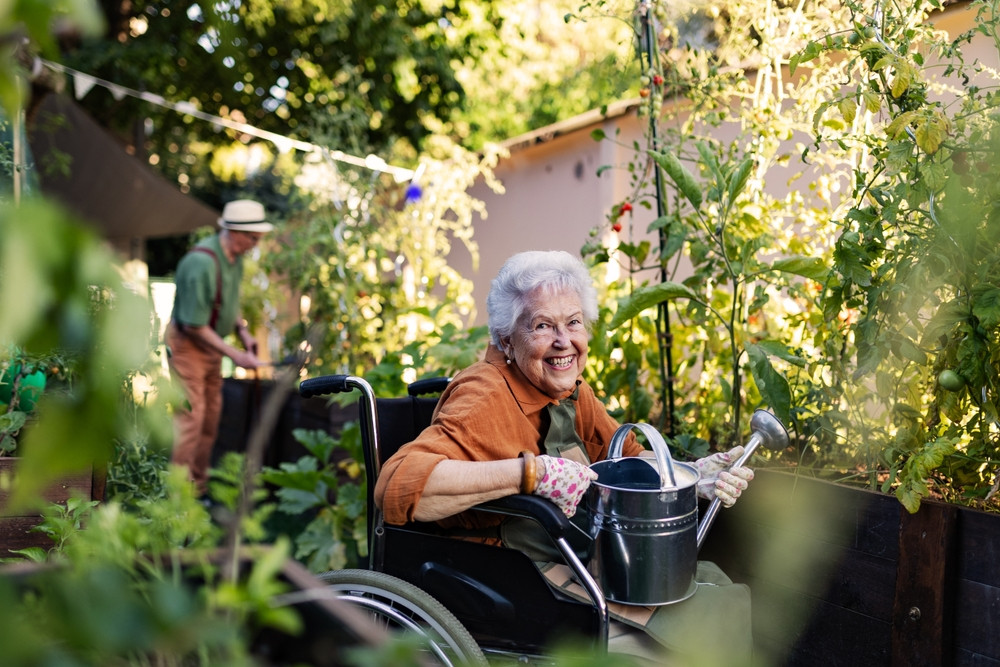
Community Engagement and Accessibility: Square foot gardening promotes community involvement by allocating individual squares to different gardeners, encouraging collaboration and knowledge exchange. Raised square foot beds are also accessible to individuals with mobility issues, ensuring everyone in the community can participate.
Sustainability and Food Security: Urban community gardens utilizing square foot gardening contribute to local food security, reducing the need for transported produce. This method also promotes sustainable gardening practices, such as composting and natural pest control, further enhancing its appeal in urban settings.
Latest Developments in 2024
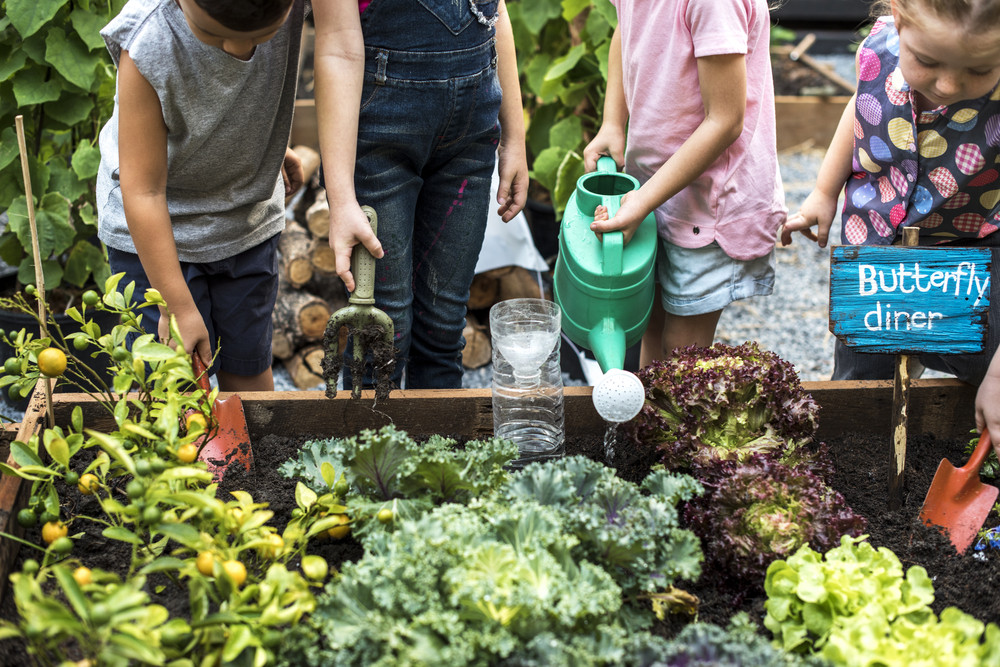
In 2024, urban community gardens have embraced technology to further enhance the square foot gardening method. Innovations such as smartphone apps for scheduling planting and harvesting, moisture sensors for efficient watering, and social media platforms for community gardeners to share tips and successes have all played a role in expanding the reach and impact of these gardens. These technologies not only make gardening more accessible but also foster a stronger community spirit by connecting gardeners with similar interests and challenges.
Moreover, there's been a notable increase in the integration of square foot gardening into school curriculums and after-school programs in urban areas. This initiative aims to educate younger generations about sustainable food production and healthy eating habits, ensuring the long-term sustainability of urban community gardens.
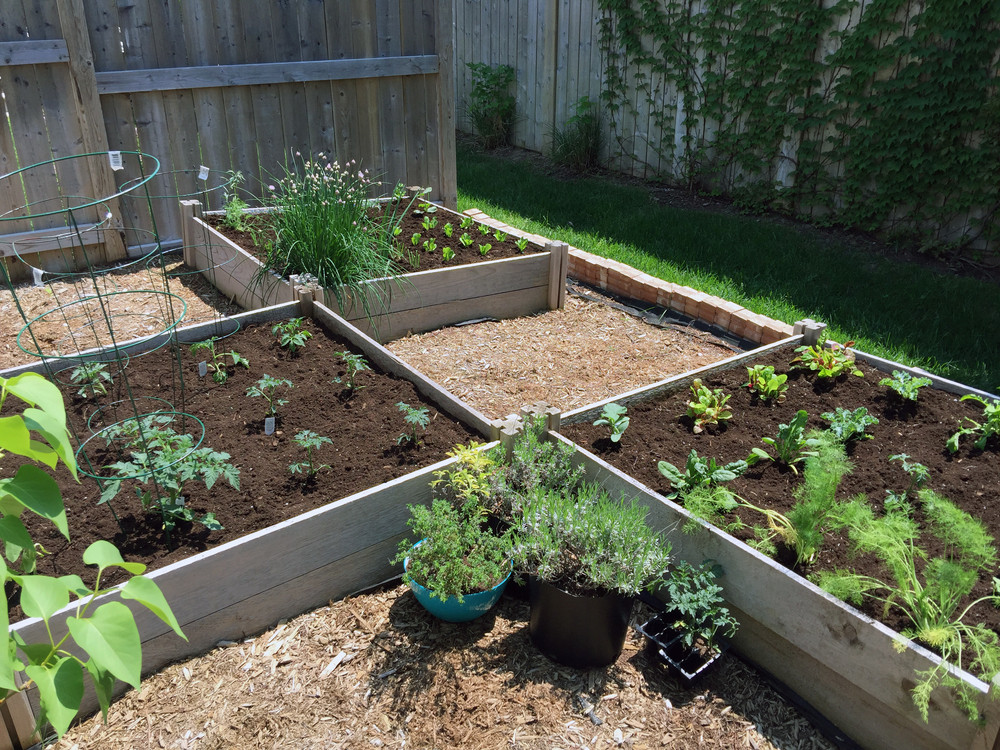
In summary, square foot gardening's role in urban community gardens is a testament to its adaptability, efficiency, and ability to foster community engagement. Through real planting schedules and the integration of innovative technologies, these gardens are set to continue playing a vital role in urban sustainability and food security.


